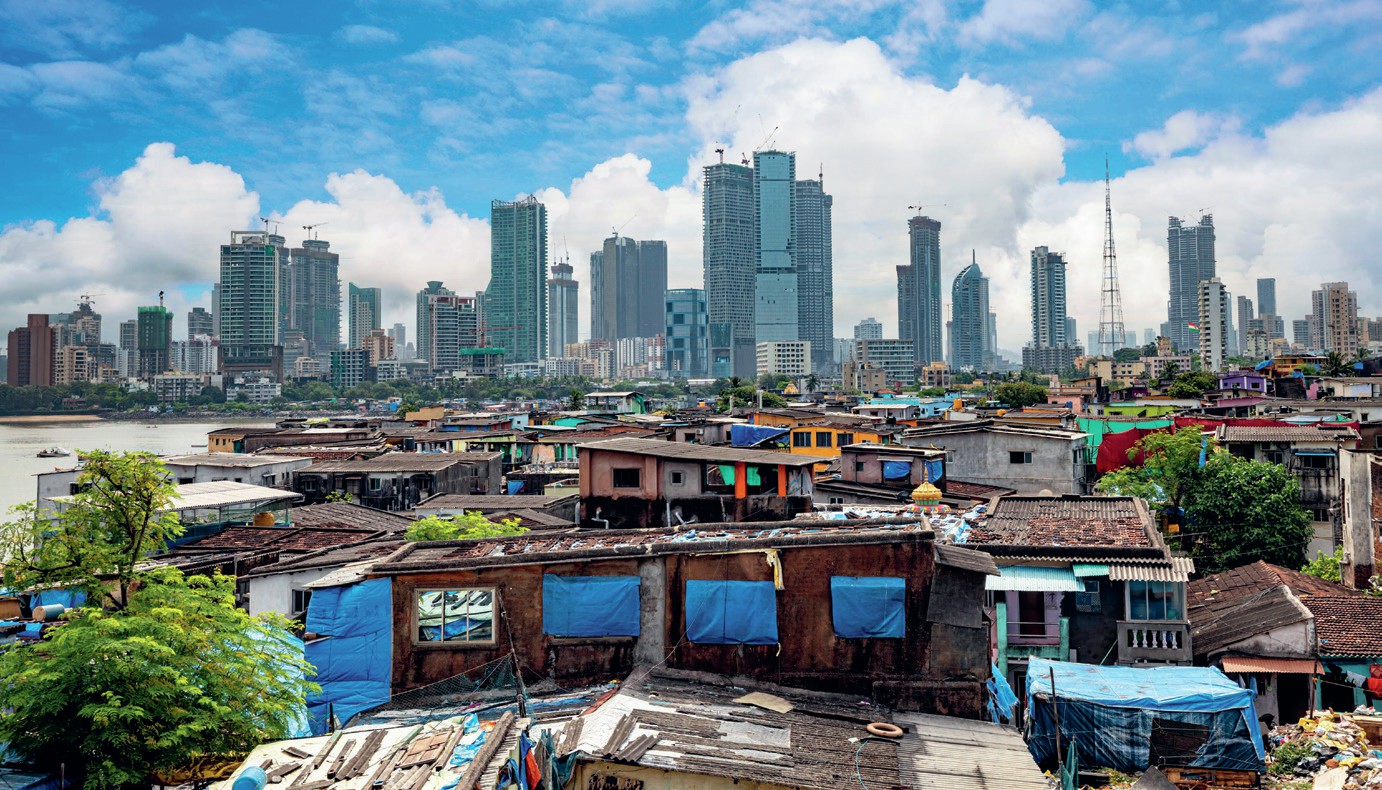
Since 2007, more than half the world’s population has been living in cities and this is expected to rise to 60% by 2030. This trend has been accelerated by rapid rural to urban migration and high rates of natural increase. Roughly one quarter of the world’s population lives in informal housing, sometimes known as squatter settlements. Due to rapid rates of urban growth in low-income countries (LICs) or developing countries, the number of people living in informal settlements is projected to increase even further.
One city affected by rapid urban growth is Mumbai, located on the west coast of India and the capital of Maharashtra state. Mumbai has experienced population growth from less than 16 million in 2002 to just over 21 million today. Mumbai is now one of the most densely populated cities in the world.
Your organisation does not have access to this article.
Sign up today to give your students the edge they need to achieve their best grades with subject expertise
Subscribe




